Tips for effective recovery after cycling: here’s how to do justice to your training
Recovery is just as important as training, and here is what you can do to optimise the adaptation process when you're off the bike

Anna Marie Abram
“Train hard, recover harder,” goes the old adage, and it’s worth paying attention to: recovery is the key to your performance improvement. When you train hard, the adaptations and improvements occur after the training. How quickly and consistently your fitness improves is in large part determined by how well you recover.
There is plenty of research around that attempts to spell out the most optimal methods for recovery in order to reduce the soreness, injury and fatigue that result from training. However, this can often be contradictory, leaving you more confused about what the best way to recover is than when you started.
But recovery is not like FTP – it can’t be precisely measured. So how can you tell if you’re recovering well or need to work harder at it? We spoke to two prominent coaching and scientific experts, John Wakefield and Iñigo Mujika, to assess the key metrics for optimal recovery and the best ways to keep track of them, to help make sure you’re adequately recovering and repair the muscle damage that you have caused by training.
Meet the experts
John Wakefield heads up coaching company Science to Sport and is performance coordinator and assistant sports director at UAE Team Emirates. He has been coaching amateur and professional athletes for 17 years.
Iñigo Mujika is a sports physiologist, level III swimming and triathlon coach and associate professor at the University of the Basque Country. He is the former head of physiology and training at Euskaltel Euskadi pro team.
Why should you be thinking about recovery?
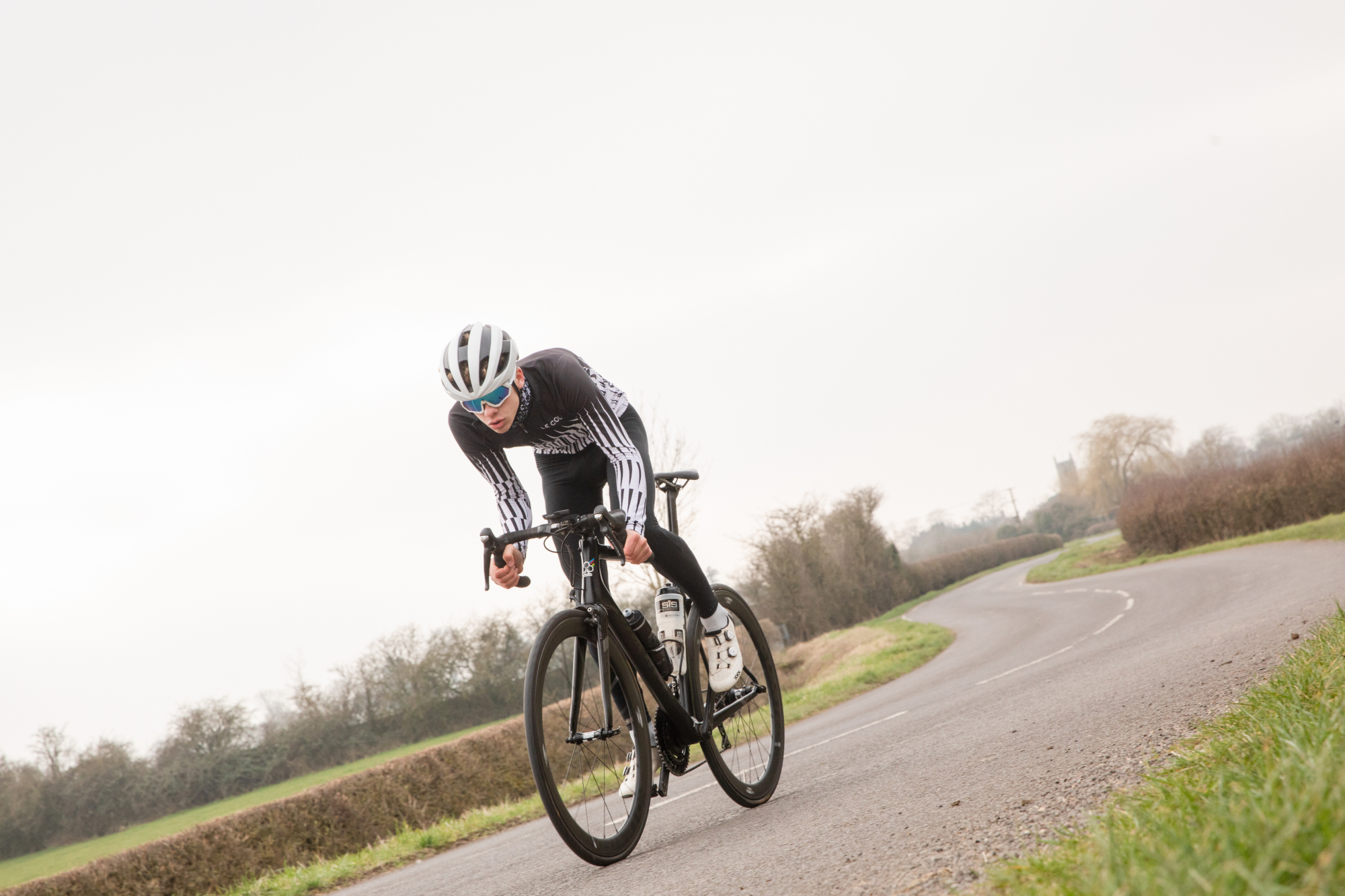
Recovery is essential for positive adaptations to occur after you have trained. As a result, recovery has been increasingly a focus of sport science – and is necessary to take seriously if you want to see the fastest improvements as possible.
Get The Leadout Newsletter
The latest race content, interviews, features, reviews and expert buying guides, direct to your inbox!
“It’s the most important bit of training,” former British professional cyclist Liam Holohan explains. “So many guys go over the top with the training and just don’t recover from it — their form gets worse and it’s a vicious circle. They think they’re doing badly so they train harder and it only makes it worse.”
Overtraining, a common factor in causing injury, is generally attributed to overdoing it and to poor recovery.
The key to making long-term fitness progress is to do just the right amount of training – and no more – as it needs to be balanced with recovery. This is why we set out to answer ‘how much training is enough?’.
“Under-recovering and overtraining are more common among amateur athletes than professional athletes,” explains Mujika. “Professionals usually have a proper training programme, enough time to recover, and they have enough knowledge and advice for proper nutrition, sleep and proactive recovery.”
For most of us with jobs and dependents, recovery from exercise cannot be our top priority every day. “An amateur must deal with work, life, family and other social issues,” continues Mujika.
“It’s much more likely that an amateur will dig a hole for themselves, failing to do the basics like getting enough sleep. Most of the time, you don’t need more coffee, you just need to sleep more.” Wakefield agrees.
“In their desire to do well, people always look for ‘higher, faster, better’ but too often they fail to do the basics. Some of the current fads in gym work are beyond me – are you training to go to the circus or are you training to get strong on the bike?”
It’s also about prioritisation. “Some athletes will say that they don’t have time to stretch for 10 minutes after training, but they will easily spend 10 minutes mindlessly scrolling on their phone,” he sighs. “When you do the basics well, you will recover. Not much has changed. Sure, there is a bit more individualisation, but if you sleep well and eat well, recovery will take care of itself.”
Now, there are plenty of different techniques floating around suggesting that implementing them will help people to recover quicker than usual.
Measuring and improving recovery is no simple matter. It is a complex, multifaceted concept, not least because of the interactive combined physiological and psychological components. Taken singularly, these factors are disarmingly simple, however, so the aim here is to go through them one by one.
“There are a lot of ways to stimulate recovery, but two of them provide 98% of it,” explains Mujika. “If you don’t get these two right, none of the rest are going to do you much good; you won’t be able to compensate, even with all the other recovery strategies in place,” he continues. “The two crucial ones are proper nutrition and adequate sleep.”
Optimise your sleep for effective recovery
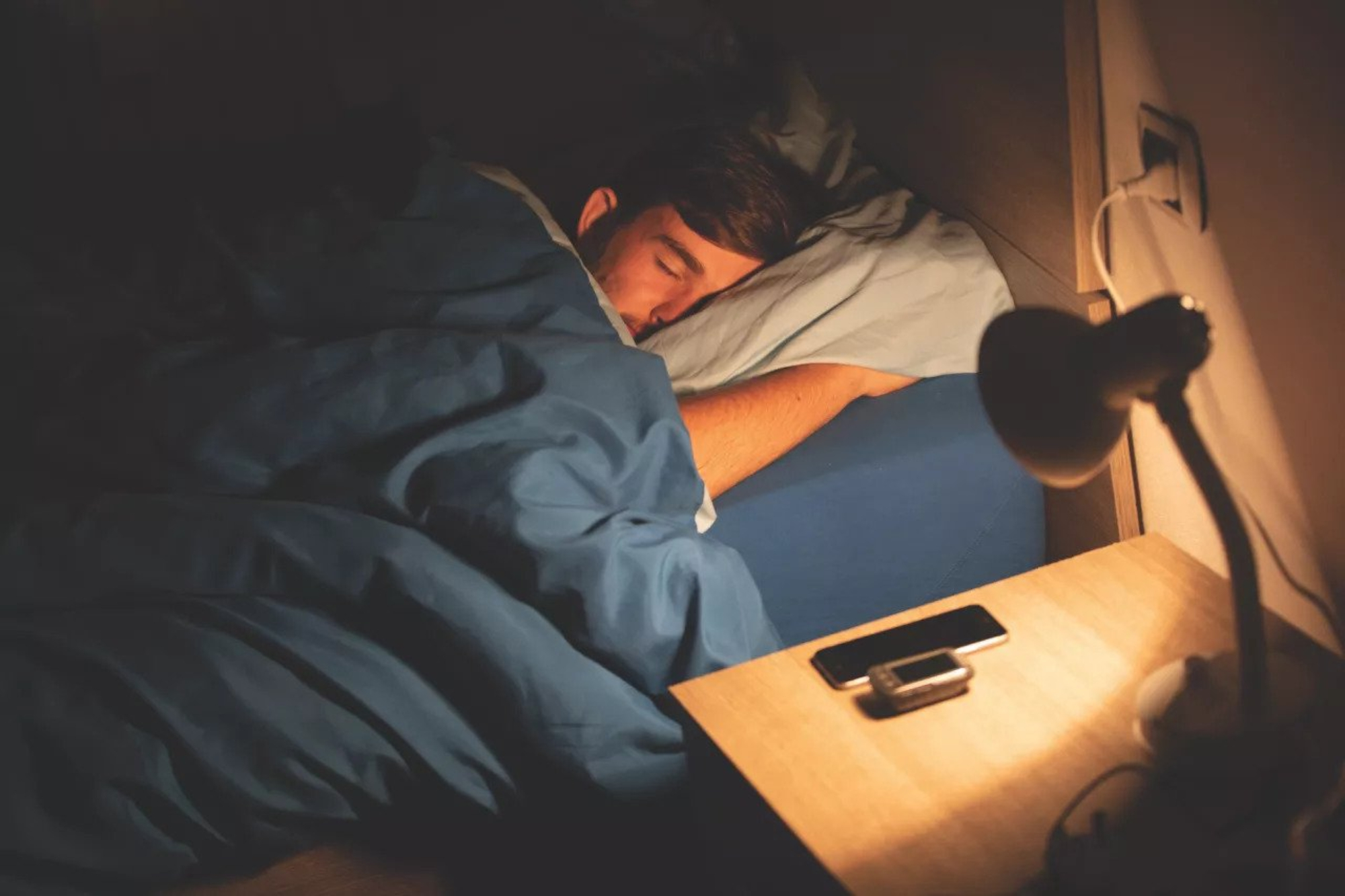
“Sleep is probably the single most important factor for recovery,” says Wakefield. “It’s not rocket science. You can do everything else but if you don’t sleep enough, you’re wasting your time [with training].”
Mujika agrees: “On average, individuals require somewhere between six hours 45 minutes and nine hours. Some people might be able to fully recover on six and a half hours but below that, it’s not enough, especially if you are training hard.”
The more you train, the more you have to gain from plentiful sleep. “I coached professional triathletes for 13 years,” Mujika continues, “and they would sleep nine hours a night plus a 90-minute nap in the afternoon – that was fantastic for their recovery.”
So, what are the guidelines for us regular riders? “I see many recreational endurance athletes who get only five or six hours a night and they say it works for them, that they’re used to it,” says Mujika. “But it doesn’t matter if you think you are getting enough – you are not. My recommendation for everyone is simple: get as much sleep as you can.”
Here are some tips to improve your sleep from the ‘Sleep and the athlete: narrative review and 2021 expert consensus recommendations’ by Walsh et al.
1. Get enough of it: Aim for seven to nine hours of sleep per night (eight to 10 hours for teenagers). Athletes need more sleep than non-athletes to recover from the physical and psychological demands of the sport.
2. Power nap: A 20-30-minute nap can supplement insufficient night-time sleep and be beneficial for those just wanting a boost in alertness. More than 30 minutes may make it harder to sleep that night.
3. Practise good sleep hygiene: Avoid caffeine, alcohol and heavy meals too close to bedtime. Implement a relaxing bedtime routine in an environment conducive to sleep that is cool, dark and quiet. Ideally wake to natural light in the morning.
4. Obey your chronotype: Your chronotype is your genetically determined preference to be a morning lark or a night owl. The research shows athletes are more likely to be morning chronotypes (‘larks’). Train at an hour to suit your preference.
5. Don’t rely on devices: Your tracking device does not understand you fully as an individual athlete, so don’t let it dictate the terms of your recovery. Consider the bigger picture.
Golden rules: Aim for seven to eight hours per night. Young riders and those training very hard may need more.
How to measure it: Make a note of the (approximate) time you fell asleep and when you woke. A sleep tracker may help with this, if you suspect your sleep is being broken/ disturbed.
How to improve it: Stick to a consistent sleep schedule; avoid caffeine and screen time before (and in) bed, and instead wind down by reading or listening to relaxing music.
Fuel appropriately for your training

“Most amateurs can’t go wrong by doing the basics well, such as eating protein throughout the day and having both carbs and protein after a ride for recovery,” says Wakefield. “For elite and semi-professional athletes, the approach is an individualised and periodised one tailored to the training.”
Mujika elaborates: “During the early phases of the training season, you might want to delay carbohydrate availability to enhance the adaptations elicited by the training session. Later in the season or for specific sessions, you’ll want to maximise carbohydrate intake to make sure that you are able to perform with the highest possible quality and intensity.”
Leah Thomas, pro rider for Trek Segafredo, is grateful to have the expertise and guidance of coaches, nutritionists and chefs to support her to get her nutrition right. “When I first started, I thought that I was supposed to feel exhausted at the end of a long ride,” she says, “whereas when I ate more throughout the ride, I wouldn’t feel as dead at the end. Our team nutritionist helps us to understand the importance of timing fuelling. He works hard to make sure that we are getting enough proteins and carbs before big races.”
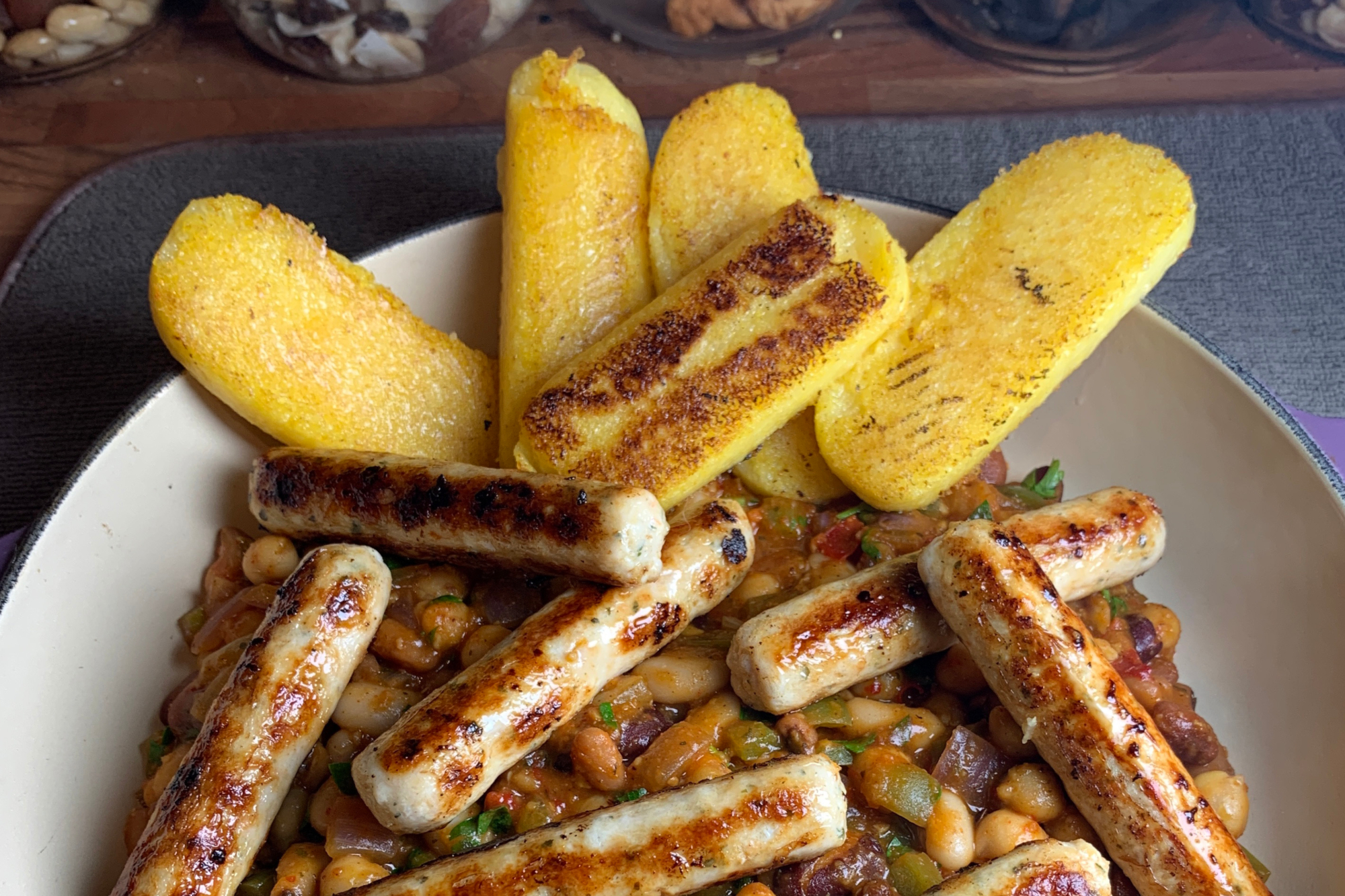
Those of us who don’t have access to a personal chef and nutritionist should still aim to follow the established guidelines, such as the American College of Sports Medicine (ACSM) recommendation of 1.2-2g protein per kilo of bodyweight per day, eaten as several helpings throughout the day.
“Quite often, endurance athletes think that protein is only important for strength athletes and for people who want to build muscle,” says Mujika, “but all the anabolic [building] processes require protein, so it’s very important for endurance athletes too.”
Golden rules: Consume 1.2-2g protein per kilo of body weight per day; make sure hard sessions and races are fully fuelled.
How to measure it: Keep a food diary for a day or two and calculate the amount of protein consumed.
How to improve it: If you’re struggling to achieve the recommended daily intake of protein, adjust your diet or augment with protein shakes/bars.
Monitor your resting heart rate and heart rate variability

“If you want to keep it simple, resting heart rate (RHR) – along with sleep – is probably the simplest variable that you can use,” advises Wakefield.
“The protocol is easy: wake up, go to the toilet if you need to, then return to bed and relax for several minutes. Now take your resting heart rate.”
The lower the resting heart rate, the fitter you are. If you see that your RHR is more than 10bpm over your lowest recorded rate, it’s usually a sign that you may be overreaching.
“If you want to get a more complete picture of recovery and how your body is responding to training, heart rate variability (HRV) works really well,” says Wakefield.
There are a growing number of apps out there which track HRV, usually alongside a range of other recovery based metrics such as sleep duration and quality. Whoop requires users to wear a band which tracks metrics such as HRV, RHR and sleep, whilst the 'ithlete' app uses a finger sensor or heart rate monitor for one daily reading.
“My athletes and I work with the HRV4Training app by Marco Altini, which has been well documented and validated.”
Heart rate variability is the variation in the time between heartbeats. Since the heart is regulated by the parasympathetic branch of the autonomic nervous system – the mechanism in charge of rest and relaxation – HRV is a good indicator for how well the body is doing in terms of recovery. The higher the HRV (i.e. the more variability in time between beats), the better job your body is doing.
“With all of these things, the key is that you need to understand what you are reading and know what patterns to look for,” warns Wakefield. “As with training with a power meter – if you don’t understand it, then it’s a waste of time.”
Golden rules: During periods of hard training, measure your RHR each morning. If you want greater detail, consider purchasing an HRV device/app.
How to measure it: Simply count your heart beats for 30 seconds, first thing in the morning, and times by two for your RHR (in bpm).
How to improve it: If your RHR is more than 5bpm higher than its normal range, reduce or postpone your training until it has returned to normal; consider taking a rest day.
Reflect on how you’re executing your workouts
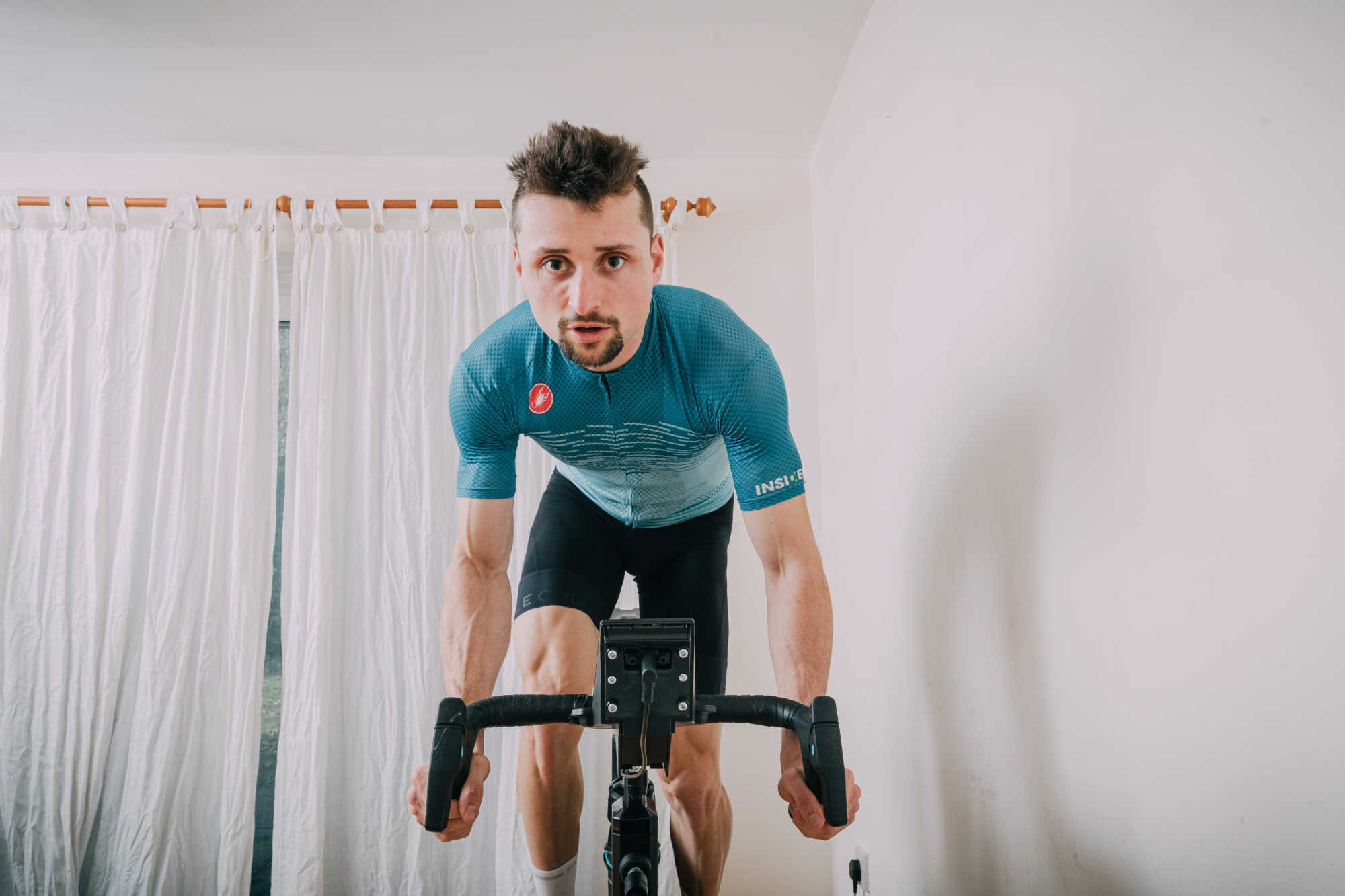
“If you are adapting well, that’s another marker that you are recovering well,” explains Mujika. “Whether you are monitoring adaptation, readiness to train or fatigue, you are basically measuring the same thing.” In other words, there is no point stressing about training or pushing to train harder if you aren’t recovering, because much of your effort is going to waste.
A key protocol used by Wakefield to track recovery and progression of riders at UAE Team Emirates and Science to Sport is the submaximal fatigue test (SFT). This one simple test encompasses heart rate, power, rating of perceived effort (RPE) and time to exhaustion (TTE).
“It’s an easy, non-invasive test that you can include regularly at the start of any session,” explains Wakefield, who implements the test weekly at Team UAE. The protocol is simple: warm up for 10 minutes, then ride at 100-110% of FTP for three minutes. At the end of the test, evaluate the RPE of the test and how long you could have continued at that power output (TTE). A reasonable range for TTE for a fit amateur is 10 to 15 minutes.
Over the season, keep the test at the same power. You should also look for changes in the other variables implicated in recovery and fitness, i.e. heart rate, RPE, etc. “For us, the submaximal fatigue test in addition to HRV, is a bulletproof way to track recovery and progression,” says Wakefield, “as long as the athlete is honest.”
It seems that the effectiveness of recovery monitoring depends in large part on an athlete’s communication skills and willingness to be completely honest with themselves as well as their coach. This brings us to the subjective athlete questionnaire. Wakefield and Mujika are advocates of using athlete questionnaires to monitor recovery, although each employs slightly different forms. Wakefield and UAE employ a questionnaire within the SFT, while Mujika uses the rating-of-fatigue (ROF) scale. The questionnaires vary in style and length but serve the same purpose – and you can easily design your own. They assess the athlete in a holistic manner, asking questions about health and wellbeing, physical and mental performance, emotional balance, stress and fatigue.
“There are many scales to assess the level of recovery,” explains Mujika. “At the end of the day, any training load monitoring system is similarly valid as long as the athlete and the coach interpret it in the same way and there is open communication about the methods they have decided to use.”
Golden rules: Once or twice a week, make time to stop and ask yourself how you are feeling emotionally and physically. Ideally run through a short list of questions to assess yourself, and write down your answers, being as honest as possible.
How to measure it: By definition subjective, your answers provide important detail on how you are feeling and, therefore, how you are recovering. Reflect on your responses in their totality and, if it helps, give yourself a score.
How to improve it: By paying attention to how you are feeling, you are more likely to be able to intelligently adjust your training and make improvements to your recovery. Act on your self-assessment, don’t ignore it.
Recovery tracking devices: do wearables really work?
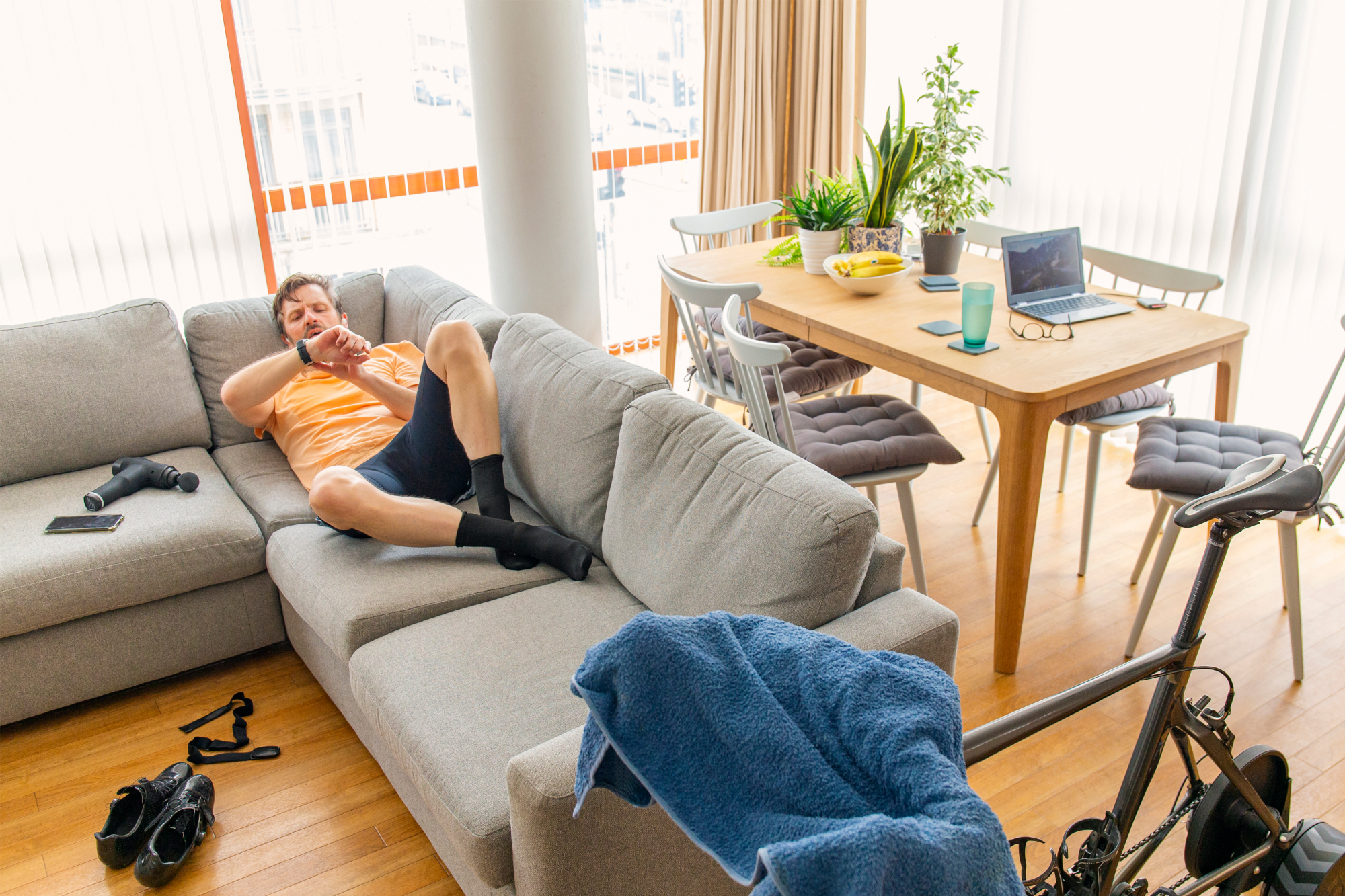
In recent years, recovery has been monetised and packaged up, in the form of wearable devices, most of which are worn on the wrist. These devices including smartwatches and others which don’t display a clock face such as Whoop’s strap, track daily activity and sleep, and calculate a ‘readiness score’ using an algorithm.
Wearable devices keep their algorithms private, so it is very difficult to independently verify the accuracy or validity of the recovery metrics they produce (as compared to the self-testing methods outlined above).
On the plus side, they do take the work out of tracking your recovery - everything is automatically measured and recorded.

Thank you for reading 20 articles this month* Join now for unlimited access
Enjoy your first month for just £1 / $1 / €1
*Read 5 free articles per month without a subscription

Join now for unlimited access
Try first month for just £1 / $1 / €1
Deena Blacking is a cycling coach and sports consultant at drivetrain.cc
- Anna Marie AbramFitness Features Editor
-
 Gear up for your best summer of riding – Balfe's Bikes has up to 54% off Bontrager shoes, helmets, lights and much more
Gear up for your best summer of riding – Balfe's Bikes has up to 54% off Bontrager shoes, helmets, lights and much moreSupported It's not just Bontrager, Balfe's has a huge selection of discounted kit from the best cycling brands including Trek, Specialized, Giant and Castelli all with big reductions
By Paul Brett
-
 7-Eleven returns to the peloton for one day only at Liège-Bastogne-Liège
7-Eleven returns to the peloton for one day only at Liège-Bastogne-LiègeUno-X Mobility to rebrand as 7-Eleven for Sunday's Monument to pay tribute to iconic American team from the 1980s
By Tom Thewlis